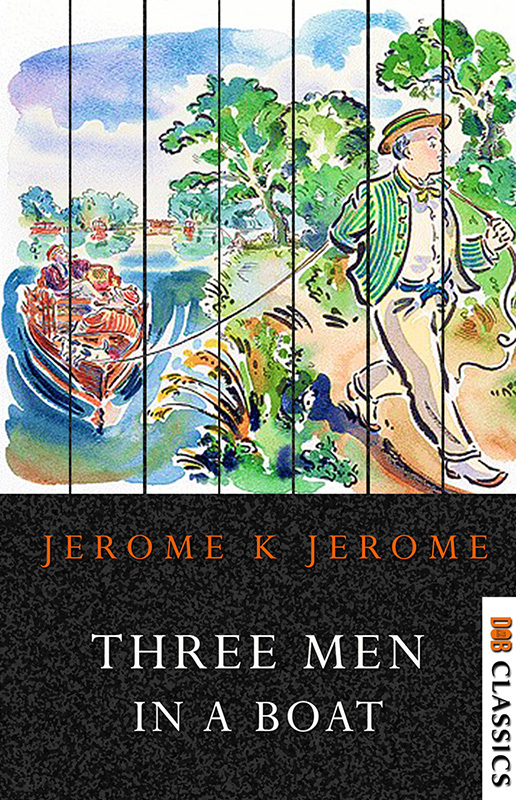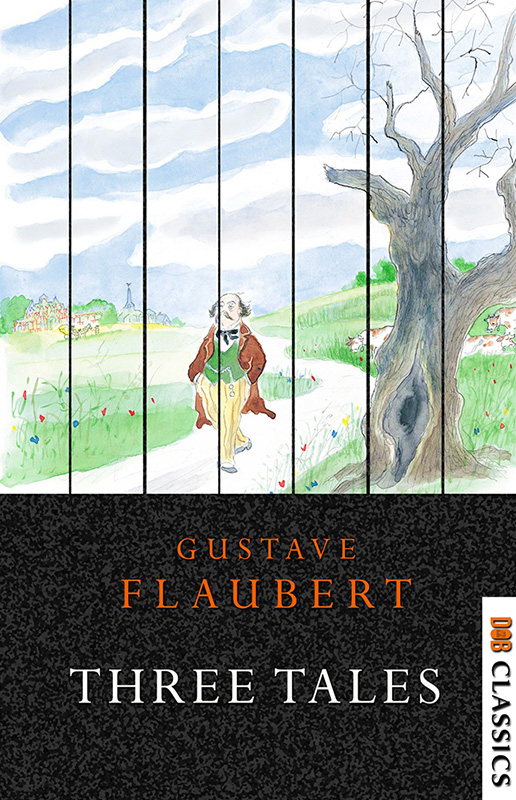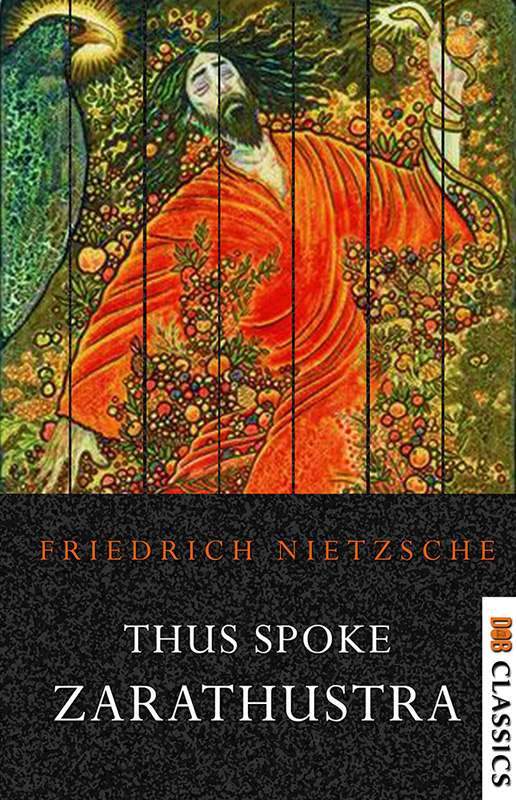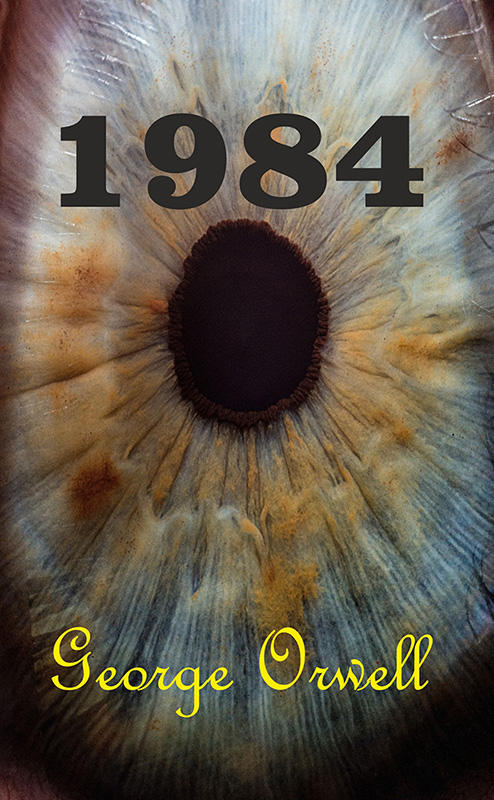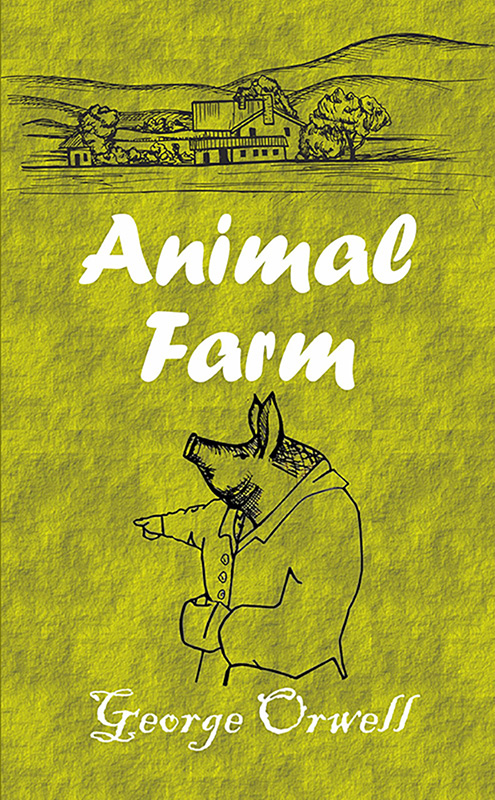To Be Read at Dusk (1852) is a short story written by Charles Dickens, and was first published in Heath's Keepsake.
Charles Dickens' To Be Read at Dusk: A Two-Minute Summary and a Literary Analysis
Often underrated and under-anthologized, the following story – or more accurately, two stories couched within a frame narrative (we will comment on both, individually) – is perhaps one of Dickens’ most complex and thematically dark tales. Often misunderstood and typically criticized for its plot, “To be Read at Dusk” is an intricate study in dualism, repression, fate, and psychological influences on personal identity. Dickens uses the frame narrative – which is disarming in spite of its truly unsettling nature – to commence a conversation on the nature of reality, the source of identity, and the pull of the unconscious – those shadowy things which we avoid or try to deny – on the conscious – the (ostensible) basis of human identity. In the three stories which he twines and threads, Dickens will attempt to cause you to question the power of nurture over nature, of will over fate, and of self over psychology. And then he will turn the tables again.


